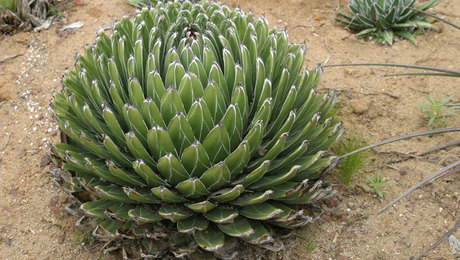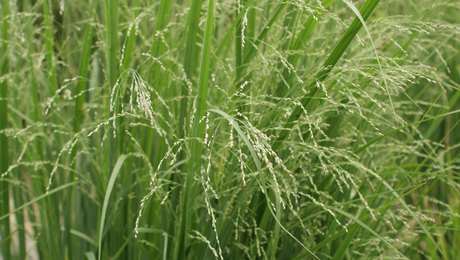
Pest profile
No gardener likes to spot damage on newly sprouted foliage. But inevitably, small, sunken pockmarks appear on the leaves of some 250 different plant species every spring. Although this damage looks like the handiwork of a disease, don’t be too quick to reach for a fungicide. Fourlined plant bugs (Poecilocapsus lineatus) could be to blame.
Endemic from Maine to Florida and from North Dakota to Texas—and everywhere in between—the fourlined plant bug’s distinctive damage is hard to miss. While foliar diseases tend to cause irregular edges and varied coloration, the initial circular scarring created by fourlined plant bugs has uniform edges and is often translucent. The affected leaf tissue eventually turns brown and may drop out, causing tiny pinholes in leaves. In some cases, the damaged leaf may also curl or crinkle.
This pest isn’t picky
Here are just a few of the plants the fourlined plant bug finds palatable:
• Forsythia (Forsythia spp. and cvs., USDA Hardiness Zones 3–9)
• Lavender (Lavandula spp. and cvs., Zones 5–9)
• Salvia (Salvia spp. and cvs., Zones 5–11)
• Shasta daisy (Leucanthemum × superbum cvs., Zones 5–8)
• Viburnum (Viburnum spp. and cvs., Zones 3–9)
Snip off damaged foliage in summer
Fourlined plant bugs feed by inserting their mouthparts into leaves, injecting digestive enzymes, and slurping up the juices, leaving their telltale damage behind. Luckily for gardeners, these bugs produce only one generation per year, feeding for just a month before finding love, laying eggs, then biting the dust. Because their feeding period is so brief—and the damage is largely aesthetic—control measures are seldom warranted, although insecticidal soap and neem oil are fairly successful against them. Fall cleanups reduce the number of eggs hidden in plant stems, but they also eliminate overwintering sites for the beneficial predatory insects that help control pests. You’re better off just removing spoiled leaves in early summer, after the threat is gone.
Jessica Walliser is a horticulturist and the author of Good Bug Bad Bug. From Fine Gardening issue #146, page 22

















Comments
Log in or create an account to post a comment.
Sign up Log in